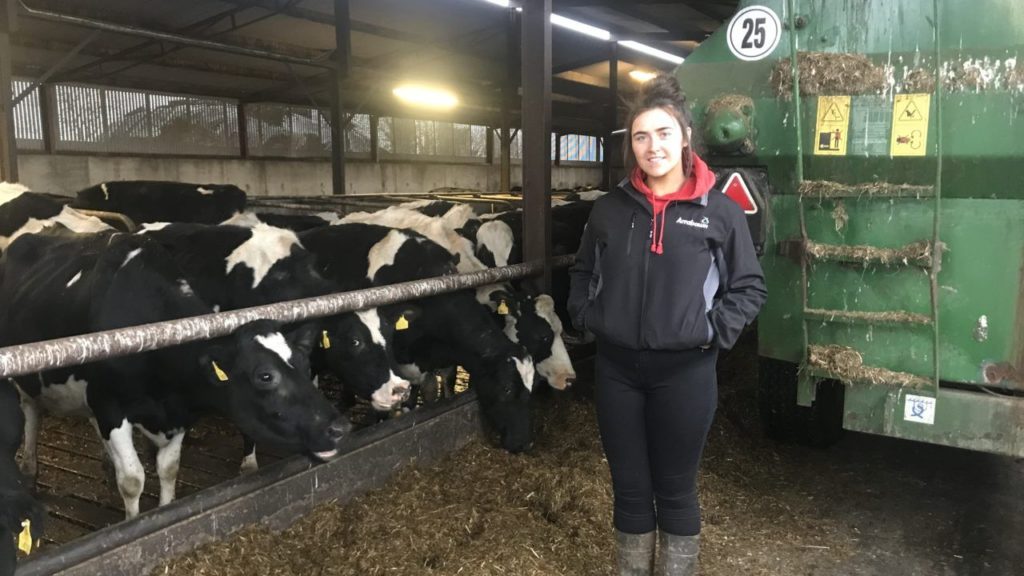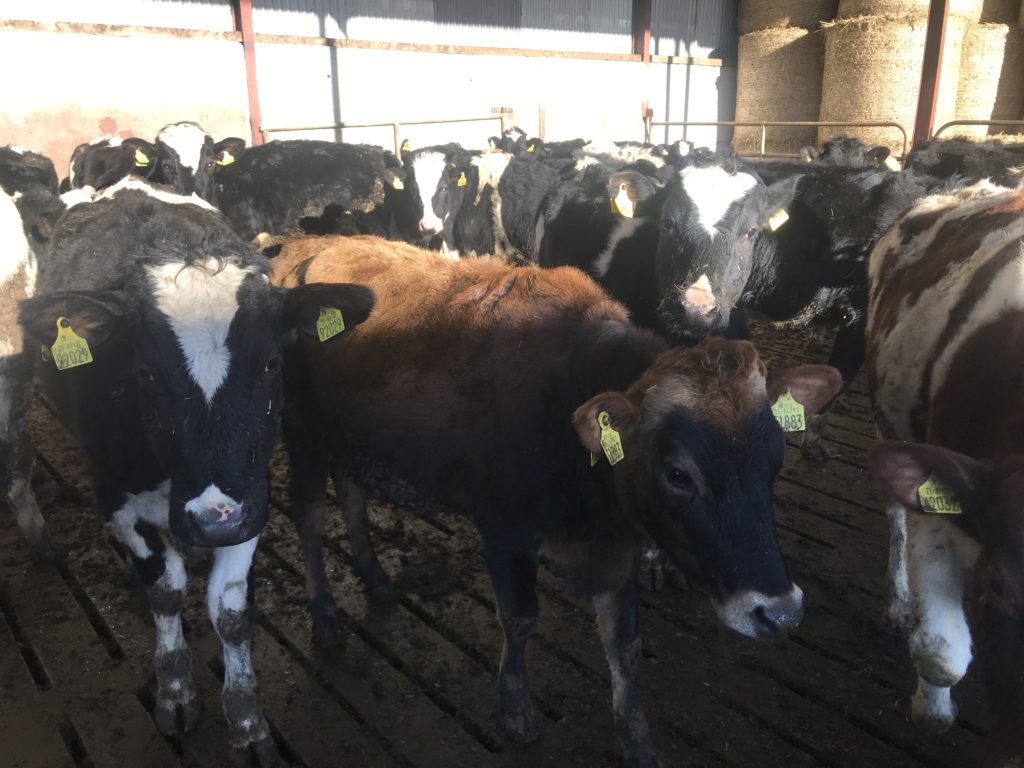Ciara, alongside her mother Theresa, has taken over the day-to-day running of the family farm, as her father Kevin has taken some time off due to his health.
140 cows are milked on the farm, with the majority of the cows being Holstein-cross Friesians. 60% of the cows calve down in the autumn with the remaining 40% calving in the spring.
A year-round milk production system is operated on the farm, with the Wrafter family having no intention of moving away from this.
Female dairy farmers
Ciara is the third generation of her family on the farm, but not the first female to take the reins.
Ciara’s grandmother, Elizabeth Wrafter, ran the farm by herself for many years after the death of her husband, Thomas. The farm was then passed onto Kevin, but Theresa has always played a key role on the farm too.
Ciara is one of four children, but according to her parents she was always the one most interested in the farm.
“Although all the children helped on the farm, Ciara was the one that had the biggest interest,” her parents said.

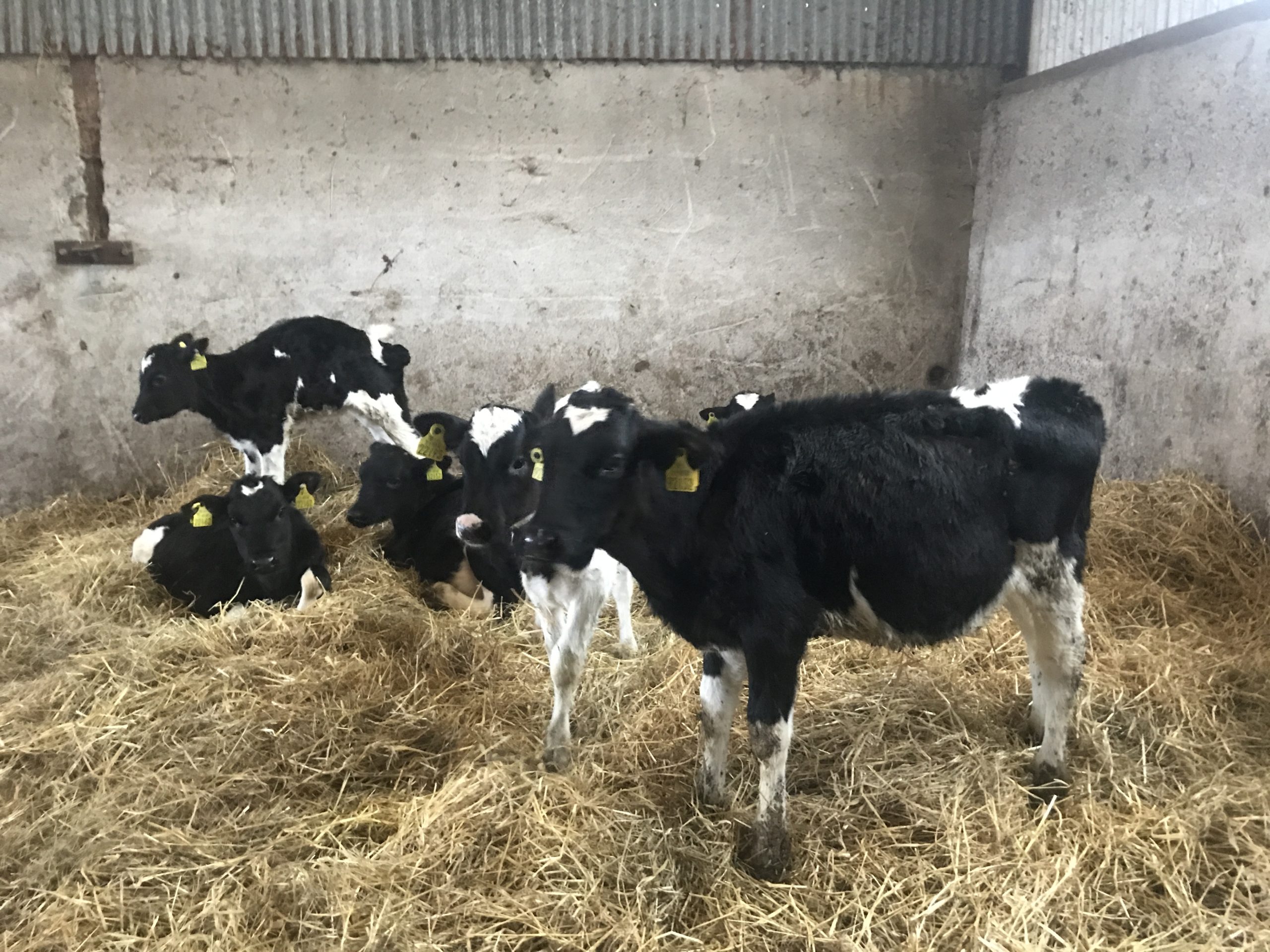
“My grandmother kept the farm going for a good few years. Dad was only six when his dad died and she kept the show on the road,” said Ciara.
“On more than one occasion someone offered to buy the farm, but she wouldn’t sell and when dad finished school he took over.
“She kept the liquid milk going and won some awards. For her more than anyone I want to keep the farm going. I think she would be proud of me.”
Ciara continued: “When mam and dad got married there were about 60 cows here.
“The herd has increased to 140 cows over the years, with quotas being purchased, and I’d put a lot of that down to mam. Mam is a real driving force on the farm.
“She grew up on a farm and since they married, mam and dad have always worked alongside each other.
“I have great respect for my father because he works very hard, but I think my mother is definitely the back bone of this farm.”
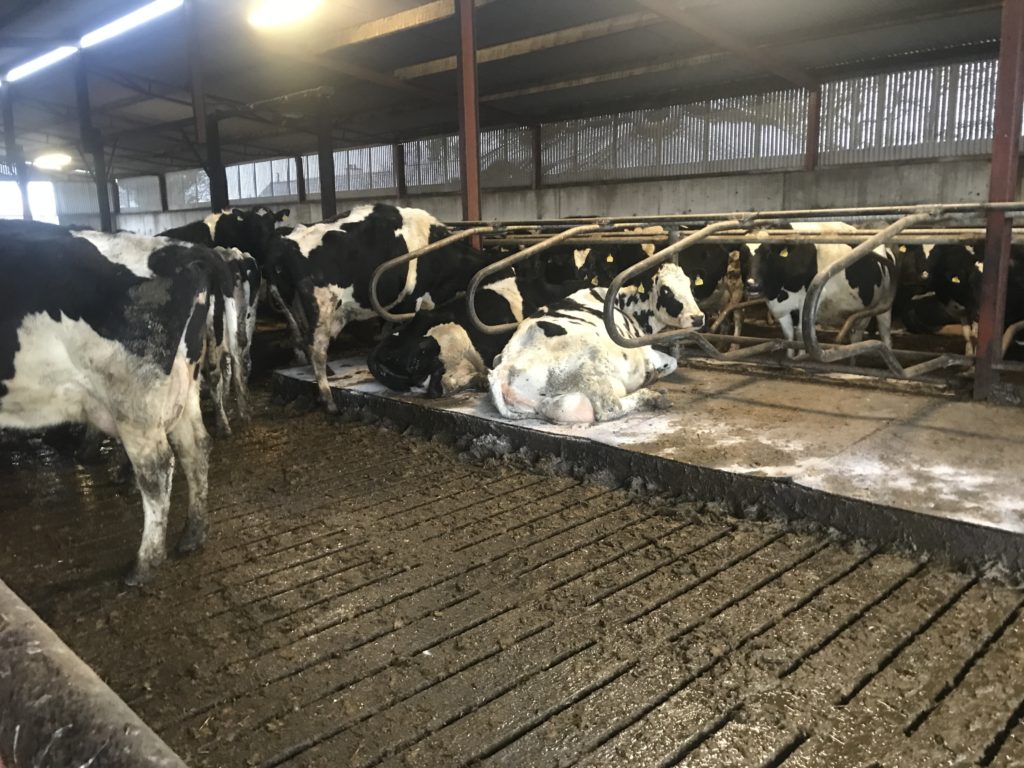
Gurteen college
Ciara attended Gurteen Agricultural College and completed its course in dairy herd management.
Ciara started at Gurteen in September 2019, but by March the course had been moved to online learning due to the Covid-19 pandemic.
Ciara said: “I really enjoyed the course; unfortunately we missed out on a lot of things, but overall I enjoyed it.
“I learned more on the two work placements than I did in actual college. I am more of a hands-on learner, you get to see stuff put into practice and how it works on farm.
“I came home with ideas to use on the farm here, such as boluses for dirty cows. It was a great experience and I would love to take students on here in the future.”
Commenting on her plans for after college, Ciara said: “I had planned on working with mam and dad for a while then go to New Zealand and Canada, to work on farms over there.
“But with dad not able to help on the farm at the minute I have put those plans on hold for a while. But I don’t mind, hopefully I will get to go in the future – when dad is back in action.”
Liquid milk
Liquid milk production is the family’s system of choice and looks set to remain the focus on this dairy farm.
In recent years the number of farms operating liquid milk production has declined, but the Wrafter family has no plans to stop.
Ciara said: “Mam and dad have asked if I want to continue with the liquid milk. It is something I want to continue, it is all I have ever known growing up.
“I personally don’t think I could handle calving all your cows in a few weeks in the spring. I think the spring-calving farmers are a bit mad, but they probably say the same about us.
“There are dark and cold nights when the last thing you want to do is go milking, but once you do it’s grand.
“I think liquid milk producers need a lot more credit. People wake up in the winter and look out the window and say ‘that’s a shocking day’ while drinking their tea with milk in it.
“While liquid milk producers are up milking cows for them to have that milk.”
Holstein-cross Friesian
The cow type on the farm is a Holstein-cross Friesian, which the Wrafters believe gives them a good, balanced cow.
Ciara said: “We have always bred a Holstein-cross Friesian, you then have a good, square cow with plenty of milk.
“Economic breeding index (EBI) is something we’d keep an eye on but it wouldn’t be the main focus when we are breeding cows. We want a cow that will suit our system.
“We haven’t looked at cross-breeding with Jerseys, although we do have one Jersey heifer on the farm. I bought her for mam and dad as a present.
“We use a mix of artificial insemination (AI) and stockbulls. We started using sexed semen and have found it great – we have mainly used it on the heifers.
“We keep two calving blocks, with the autumn calving taking place from September to December and the spring calving starting in mid-January, until the end of March.”
January grazing
The reasonably good weather in January in the last few years has meant cows on the Wrafter farm have been at grass.
Cows were let out to graze some of the drier paddocks on the farm during the day.
Ciara stated: “The winter was quite good here. The contractor was booked to spread slurry so we let the cows out to graze some of the paddocks.
“There were a few paddocks we didn’t graze because they were too wet, but the ones we did graze had slurry spread on them using the tailing shoe and there is already good regrowth.
“When we let them out there was no major jump in production, it went up slightly. I looked at that as a good thing.”
Ciara continued: “We weren’t putting them out to increase production – we had the grass and the land was able to take them.
“When the cows went out they weren’t jumping and leaping around, they just put their heads down and started grazing.
“It was also a major saving on feed; we saved over a tonne a day on silage by getting the cows out.
“We could have a bad few weeks later in the spring, where that silage will be needed, so it is good to have that reserve.”
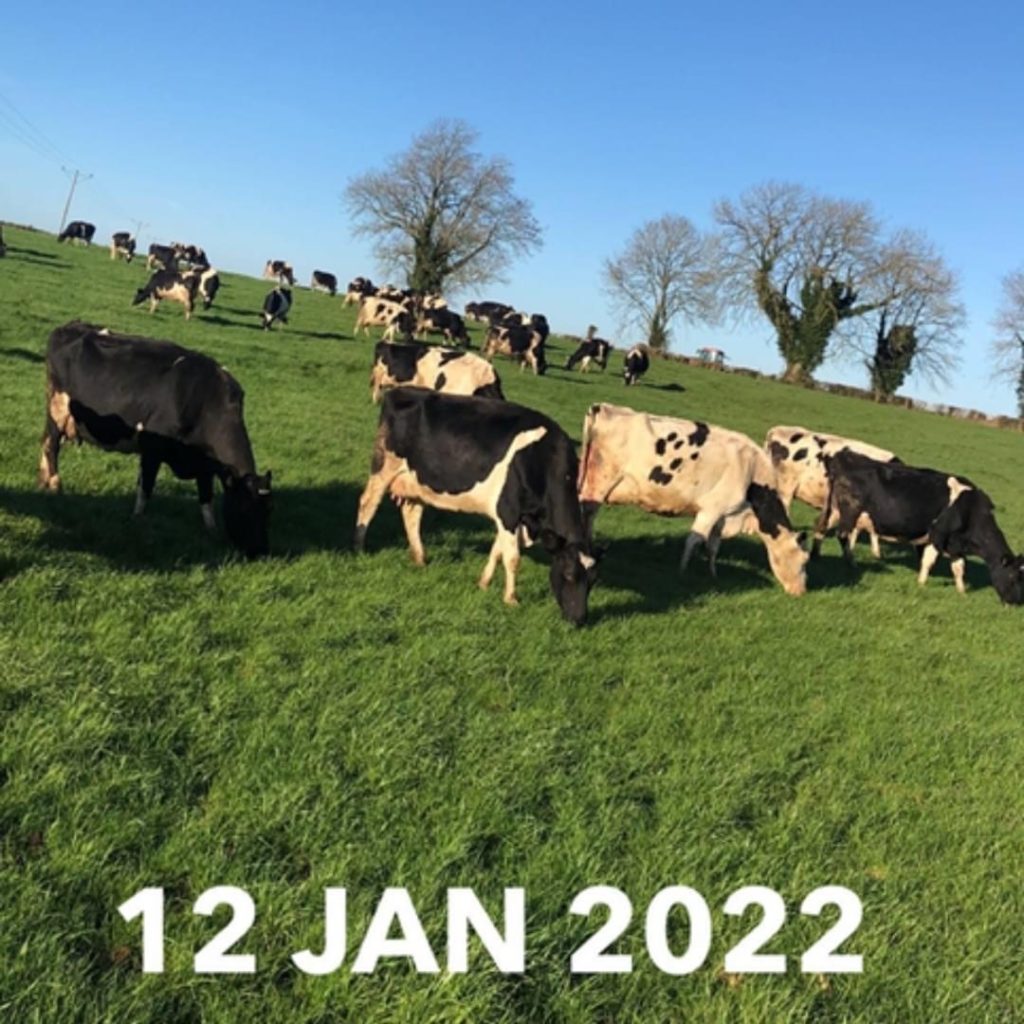
Robots
Giving some insight into what lies ahead for this Co. Offaly dairy farm and what she would like to focus on, Ciara said: “I know everyone says expansion, but land is very hard to come by.
“For now I just want to improve the cows within the herd. We have always been doing that, so I suppose i’ll continue with that and hopefully some land will become available in the future.”
Continuing, Ciara said: “We installed an automatic calf feeder just before cows started calving in the autumn and they’ve been great.
“Robots have been talked about as well. I don’t see them coming anytime soon but maybe in the future.
“I’m happy at the minute milking cows in the parlour we have. It’s been on the farm a long time and we haven’t had any major issues with it.
“Mam and dad are a little more interested in robots, they’ve been milking cows a lot longer than me so that is probably why they are looking into them.
“It’s not up to me to make the financial decisions yet, so we will just have to wait and see.”


